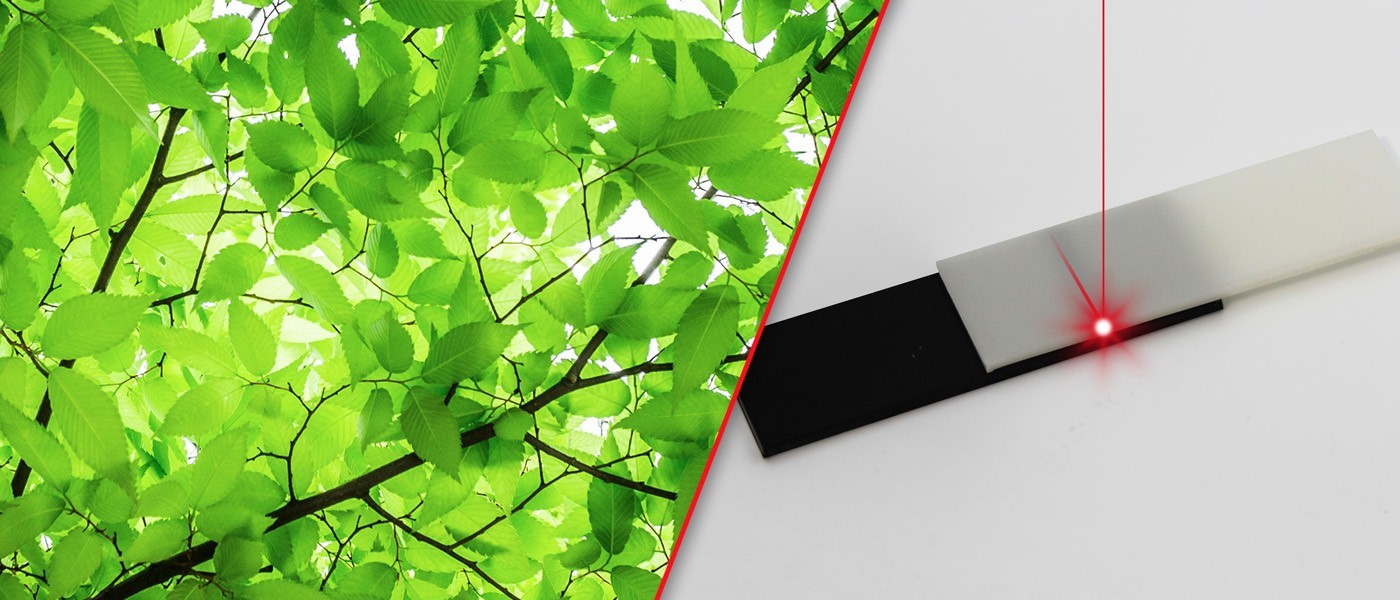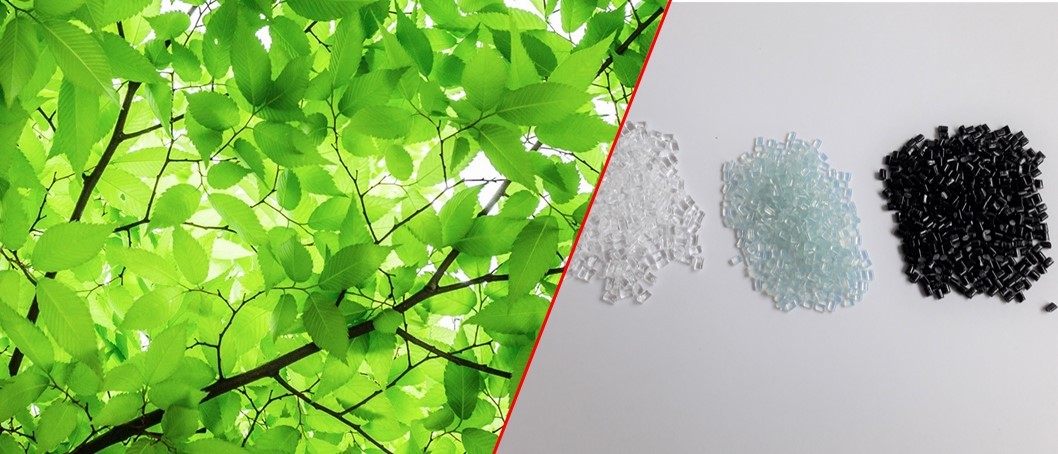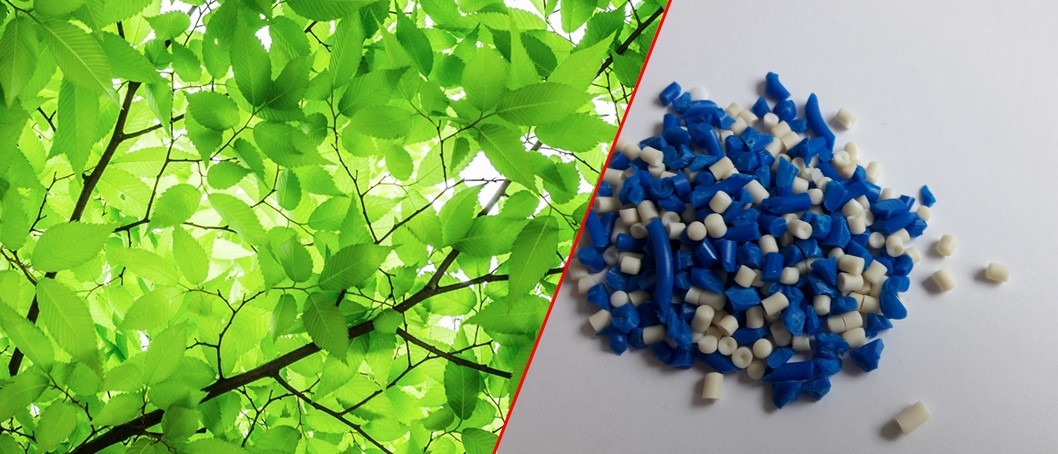Joining of plastics
Laser welding of plastics is one of many possible techniques for joining two plastic parts together.
There are basically three possible techniques for joining plastic parts:
- Mechanical joining
By means of screws, rivets, snapping, sewing, ... the two parts are mechanically fixed together. Mechanical techniques usually require additional material to the parts themselves. Furthermore, an additional seal ring is usually required for a leak tight joining.
Most mechanical joints can be opened again and the parts can be disassembled. - Adhesive
When gluing, adhesive must be applied to the joint surface before the parts are pressed together. Most adhesives take time to cure completely before the parts can be fully stresses or futher processed. Normally, an adhesive joint cannot be opened again and the parts can no longer be disassembled.
Many adhesives contain solvents that evaporate and can be hazardous to the nearby production area or the environment overall. - Welding
During welding, the plastic is melted on both joining surfaces. After mixing the polymer melts, a solid weld seam is formed during cooling. In order to melt, the plastics must be thermoplastic. In addition, the polymer melts of both parts must be able to mix.
Thermosets do not melt with increasing temperature but begin to decompose so that they cannot be welded.
Apart from the parts, no additional material is required for welding. The joint is immediately strong and stressable after cooling.
Variants of plastic welding
The welding of plastics requires three basic prerequisites:
- Energy to melt the plastics
- Pressure between the parts
- Time for cooling down and solidification of the plastic
The different welding techniques are primarily differentiated according to the type of energy input:
- Hot plate welding
The two plastic parts are pressed onto a heating element so that the surfaces melt. Then the two parts are quickly pulled back slightly so that the heating element can be moved out and the two parts pressed together.
A relatively large amount of plastic is melted, which forms well visible welding beads when the two components are pressed together.
- Hot air/gas welding
The welding surfaces of the two parts are blown on with hot air. This causes them to melt on the surface before they are pressed together. As in hot plate welding, a relatively large amount of plastic is melted and welding beads are formed during joining.
Gas (e.g. nitrogen) is sometimes used instead of air to prevent decomposition or oxidation of the plastic melts.
Welding with hot air requires comparatively much energy.
- Extrusion welding
Liquid plastic is pressed through a heated nozzle into the weld seam as an additional material. At the same time, the surfaces of the parts are heated with hot air as well and melted at the joining surfaces.
- Ultrasonic welding
The sonotrode generates a mechanical oscillation in the range of ultrasonic frequencies (20-70 kHz). It is pressed onto the upper part so that the ultrasonic vibration propagates through the upper part to the weld seam, where it heats and melts the plastic. In the weld seam, a triangular profile must bundle the ultrasonic vibrations to initialize the process. This triangular profile is then melted off in the process.
- High-frequency welding
With polar groups the plastic can be heated with an alternating electric field (MHz). Polar groups in the polymer itself (e.g. PVC, PU, ...) or corresponding additives in the plastic must constantly realign in the electric field and thus generate heat.
Due to the large electric field strengths, high-frequency welding is limited to thin materials such as foils.
- Vibration welding
The two plastic parts are mechanically moved against each other so that the friction between them produces heat for melting the plastic in the weld seam. As with ultrasonic welding, a triangular profile for melting must be added to the weld seam design.
In contrast to ultrasonic welding, the vibrations are much slower (Hz) and move the entire part.
- Rotation welding
Instead of moving the parts in one direction against each other like in vibration welding, they are rotated against each other. The friction generates heat which melts the plastic in the weld seam.
Depending on the geometry of the components, rotation takes place in one direction or oscillates back and forth.
- Infrared welding
Instead of physical contact (as in hot plate welding), the two part surfaces are heated and melted with infrared (IR) contactless heat radiation. After the IR radiator is pulled out, the two parts are pressed together.
- Laser welding
The two parts are assembled in their final position before the welding process. The laser beam passes through the upper part and hits the weld seam, where it is absorbed by the lower part.
The laser welding process is described in more detail in the subpages of the Technology tab.


